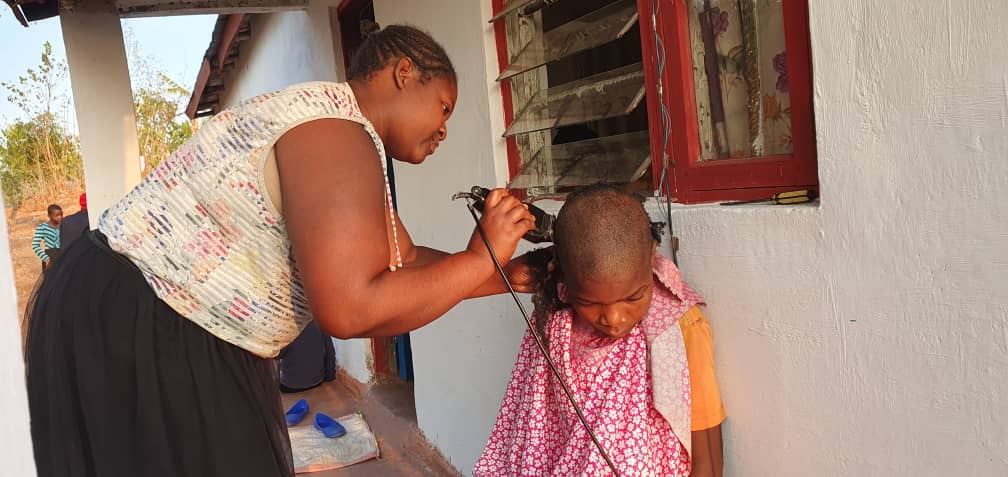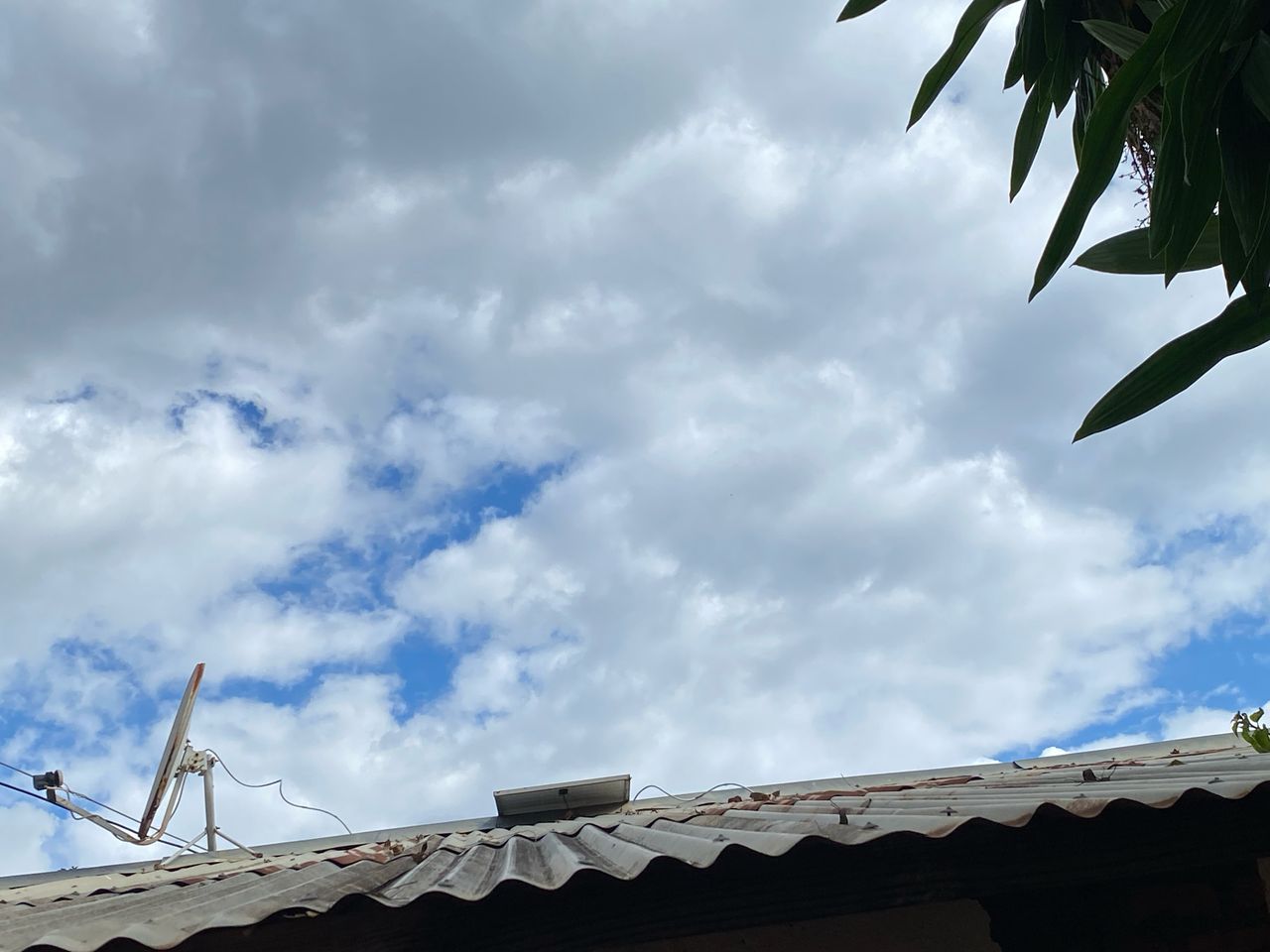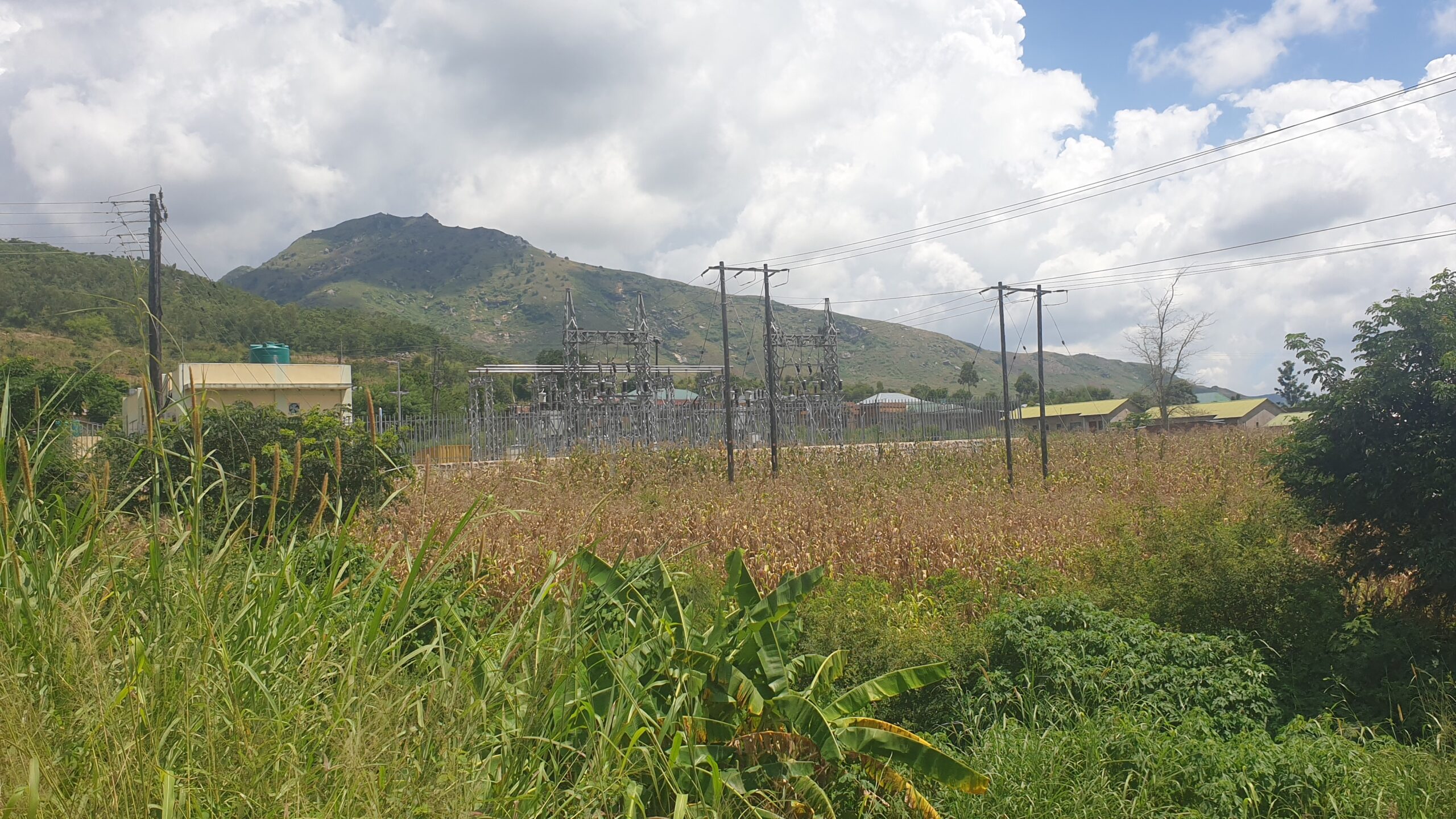-
China’s Off-grid Solar Home Systems Light Up Lives in Sub-Saharan Africa
July 10, 2025 By Charles MpakaIn a rural, hard-to-reach area of Blantyre district in southern Malawi, Ephraim Louis cannot imagine where his life would be without the solar panel on the roof of his house. “I am not a captive of darkness anymore,” says Louis, 42. “It’s been more than 10 years since I installed this [solar panel] system. We still don’t have the main grid anywhere near us and no one here thinks it will ever come.”
His investment into this Chinese-made solar panel was life changing. “When I kicked darkness out of my home, I also threw poverty out. The small businesses I set up because of this power have greatly improved my family’s welfare,” he enthused.
Ephraim Louis and the motorbikes he purchased through income generated from his solar-powered businesses.
In Sub-Saharan Africa, these inexpensive off-grid solar (OGS) home systems sold by Chinese private companies are bringing economic and social benefits to households that are eons away from getting connected to the main electricity grid.
The OGS systems patch a major infrastructure gap, yet many of the solar panels are low-quality and need replacement every two to three years. To reduce the mounting solar panel waste while expanding electricity access, Sub-Saharan African governments must set stronger product quality standards and invest in grid and recycling infrastructure.
Disconnected from Grids
Across the continent, an Afrobarometer survey highlights how 34 African countries—all but 2 are in Sub-Saharan Africa—lack connection to electric grids. The survey also revealed that most urbanites (94%) have access to the electric grid, but only 45% of rural residents do. Strikingly, even the economically advantaged homes with power face reliability problems—only around 43% have electricity that works most of or all the time.
In Sub-Saharan Africa, many rural people wouldn’t be able to afford to connect to grids even if they were given access. About a quarter of the survey respondents reported they mainly depended on OGS to electrify their homes.
Off-Grid Solar to the Rescue
In the solar products market, Sub-Saharan Africa is “the rising star,” accounting for 70% of sales of pico-solar products globally. Almost exclusively manufactured in China, pico-solar are small PV panels that generate from 2 to 20 watts; some include USB ports to charge small electronics. Driving this growth, according to Global Off-Grid Lighting Association (GOGLA), a body for the off-grid solar energy industry, are Chinese tech manufacturers who have innovated to reduce the cost and size of solar panels, making them easier to transport and install.
Besides low costs, says Eva Roig, GOGLA’s Senior Communications Manager, start-ups, digital payment solutions, subsidy schemes and NGO-government partnerships have strongly contributed to the widespread uptake of OGS in Sub-Saharan Africa. In Malawi, for example, OGS distribution is a component in the Ministry of Energy’s Rural Electrification Programme targeting low-income households in rural and peri-urban areas.
Made in China
Louis, not a beneficiary of the government electrification program, was inspired to buy a 15-watt solar panel in 2013 after one of his village friends brought one back from Zambia. Chinese companies are the main suppliers of the OGS home products that are lighting up millions of off-grid households in Sub-Saharan Africa, with one study describing “a surprising dependency on the Chinese market” from the raw materials to assembled OGS systems.
Solar panel at one house in Central Malawi
China controls the supply of primary materials, manufacturing, installed capacity, and recycling capacity and produces at least 80% of the main components of PVs globally. In 2024, it had the world’s top 10 suppliers of solar PV manufacturing equipment.
Roig says China “strategically positioned itself as the global leader” in solar PV production, including polysilicon refining, module manufacturing, and creation of essential components like wafers, cells, and panels. This highly integrated production system has contributed to driving down costs of production, Roig says. She argues, though, that over-reliance on one country can leave the industry more vulnerable to supply chain disruptions, trade disputes, and even geopolitical tensions.
While China is the world’s top exporter of manufactured solar PVs, Roig highlighted that other countries are moving up the solar PV supply chain. India is showing potential to become a hub for solar production, while Kenya, Rwanda, Uganda, and Nigeria are piloting initiatives for assembling or producing solar items. In Benin, Lagazel, a GOGLA member, has established a production facility.
“Local production and assembly can reduce reliance on imports, create jobs, improve carbon footprint, facilitate repair and recycling, and mitigate supply chain disruptions,” Roig stressed.
Dark Side of Off-grid Solar
As OGS systems flood Sub-Saharan Africa, a wave of solar PV waste follows. The Sub-Saharan African energy market is largely unregulated, which has allowed the massive influx of low-quality pico-solar systems. Limited availability of local expertise and companies for maintenance and repair in the region has created a short lifespan for these PV panels. In 2020, the region generated an estimated 12,000 tonnes of waste from the pico-solar products alone, a 545% increase over the amounts generated in 2016.
Christopher Kinnally, researcher at the Tyndall Centre for Climate Change Research at University of Manchester, believes while extending national grids to rural areas should still be the priority, OGS systems currently remain a promising way to expand electricity access because the market is already well established and embedded into communities across the region.
“Therefore, the focus should be to support the solar market with the regulation and waste management infrastructure necessary to prevent environmental and health burdens,” commented Kinnally in an interview.
In South Africa where Chinese investment has built massive solar farms, companies are emerging to collect and recycle old panels. The market for these corporate actions was sparked in part by South Africa’s 2020 Enhanced Producer Responsibility regulations. Solar farms offer economies of scale for PV panel recycling, while recycling single-family OGS systems is not yet economically viable in Sub-Saharan Africa.
So far, GOGLA has been working with industry leaders to address product quality and e-waste issues. “Ensuring high-quality, durable products immediately reduces the amount of e-waste through long product lifetimes and repair. Embedding quality standards into regulation would be an essential step to avoid poor-quality products from entering the market,” Roig says.
But there is clearly more work to do, she says.
A Threat to Grids?
While this rapid uptake of short-lifespan solar products could be seen as a threat to growing grid operations, GOGLA sees it as a complementary trend with space for all on- and off-grid technologies to drive universal electrification, a critical Sustainable Development Goal.
 A power substation for the national electricity supplier in Malawi. Such grid systems do not reach many rural areas, leading to communities to turn to solar home systems.
A power substation for the national electricity supplier in Malawi. Such grid systems do not reach many rural areas, leading to communities to turn to solar home systems. Roig argued that with many utilities struggling to cover their operation costs, off-grid solar solutions can ensure national suppliers are not saddled by high remote connection costs. She predicted that by 2030, a significant amount of the needed electricity access will be generated from off-grid solar as it is the quickest and most cost-effective solution.
In the near to midterm, OGS systems offer the only solution for reliable and affordable electricity access for remote and sparsely populated villages.
Louis is one such story. Noting the benefits of his first low-watt panel, he upgraded his system over the years to 200 watts so he could create new business opportunities. Today, his home is a lively business hub – his wife is barbing one boy while several others wait in a queue for their trims. On a small table in his living room, he is charging seven cell phones from the community and the shack next door is packed with people from the village watching television shows.
With the money he has been generating from these services, he purchased two motorcycles which he hires out, further expanding his income sources.
“I can afford fertilizer for my farm. We never run out of food in my house and I don’t struggle with fees for my children’s education; so we are okay,” says Louis, a father of 7 children now thriving in the light of his PV panels.
Charles Mpaka is a Malawian journalist who contributes for media outlets such as Mongabay, Fair Planet and Inter Press Service.
Header Photo Credit: Photo courtesy of Charles Mpaka
All other photos credits: Photos courtesy of Charles Mpaka
Sources: Afrobarometer, Alternate Energy Tutorials, Energy for Sustainable Development, Energy Research & Social Science, ESI Africa, Sustainable Horizons
 A Publication of the Stimson Center.
A Publication of the Stimson Center.











